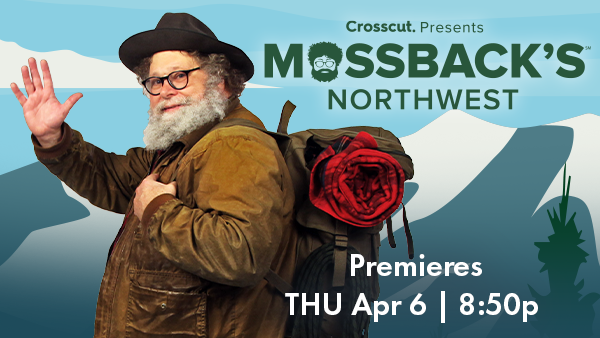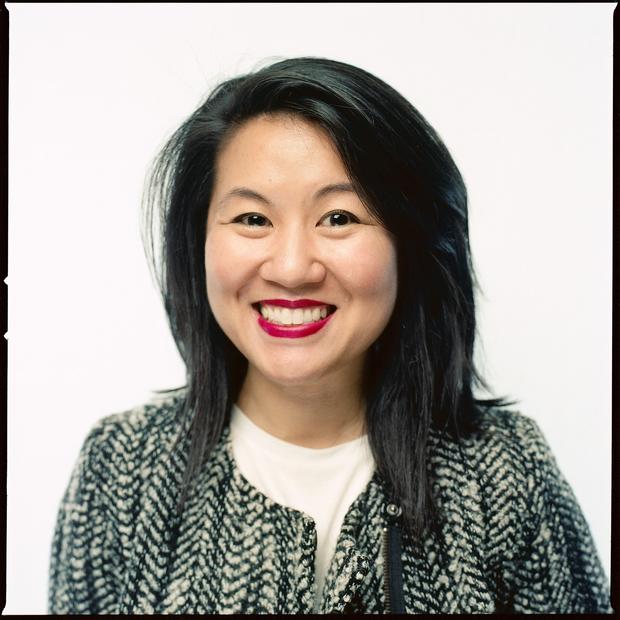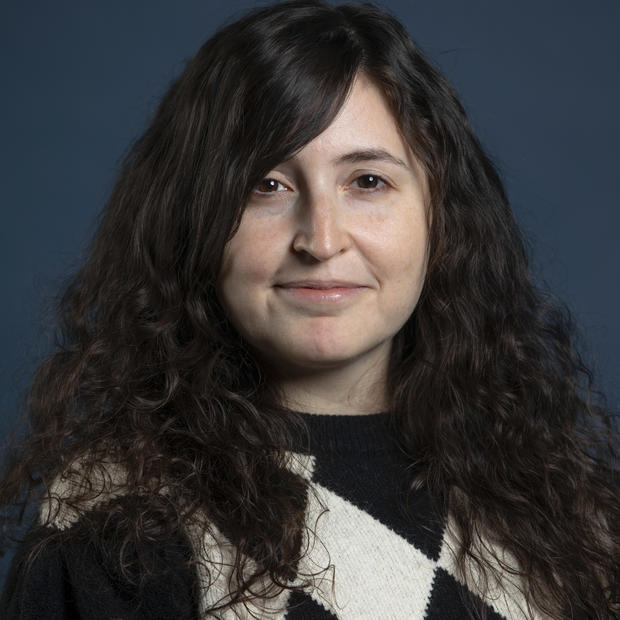When relations between the U.S. and Vietnam normalized in the 1990s and my mom returned to Vietnam for the first time to see her family, my father had hoped she would bring back his military photos and records as proof. Turns out his family had burned all evidence of his service after the communists took over in 1975. This is a common story for so many Vietnamese families, and evidence of the erasure experienced by so many South Vietnamese service members who’d fought loyally for their government.
As a child, you don’t really understand what it means for your family to be on the “losing” side of a war. Because of his status as a civil servant and ARVN officer, my dad was also imprisoned in one of the new regime’s “re-education camps” after America’s withdrawal. He was eventually released and allowed to resume teaching, but it didn’t take long for him to realize he was being monitored and had lost his personal freedom. Now considered an enemy of the state, he had no future prospects. The only option was to flee.
Years later, my dad told me about the storied history of Division 18, an ARVN unit that courageously fought two famous battles of the Vietnam War, including the final stand against the communists just outside of Saigon at Xuan Loc in April 1975.
Forty years later, I attended a Division 18 reunion in Orange County, California. There I met Bao Nguyen, a former captain who also lived here in Washington. We’ve stayed in touch ever since, and it’s my honor to include his story in this episode of Refuge After War, which highlights the service and sacrifices of those Vietnamese and Afghans who fought alongside and assisted Americans in the Vietnam and Afghan conflicts.
I’m also pleased to share the perspective of Mohammad, a respected Afghan officer who resettled in Washington in early 2021. The most vulnerable of the three veterans featured, we’ve taken precautions to protect his family and affiliates left back in Afghanistan.
For the last act of the story, we’re profiling my good friend Dede Tran, a Vietnamese American child of boat refugees and veteran of the U.S. war in Afghanistan. She’s the very first person I contacted after the fall of Kabul was announced on the news in August 2021. It was a stressful time for Dede as she was trying to get her former translator and other colleagues out before the U.S. withdrawal.
It’s surreal to look back at those early days, and I’m thankful to Dede for letting me document her. She’s not one to seek attention, but she knew that the story of our Afghan allies was critical to tell the world. We’ll revisit Dede and share the fate of her translator in our last episode.
Listen to ‘Refuge After War’ director Thanh Tan discuss the origins of the series on the Crosscut Reports podcast:
Get daily news in your inbox
This newsletter curates some of the most important headlines of the day from Crosscut and other news outlets.





